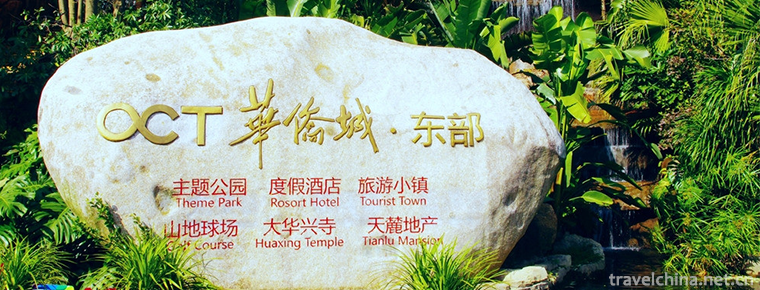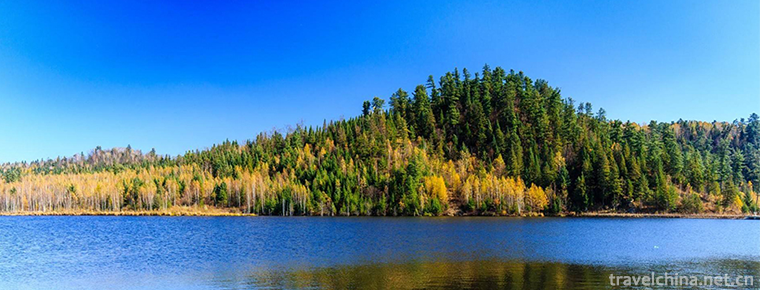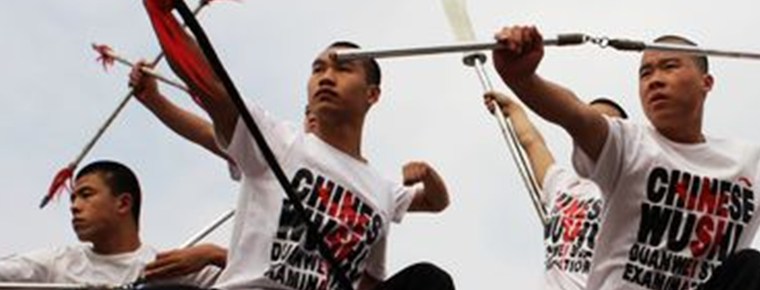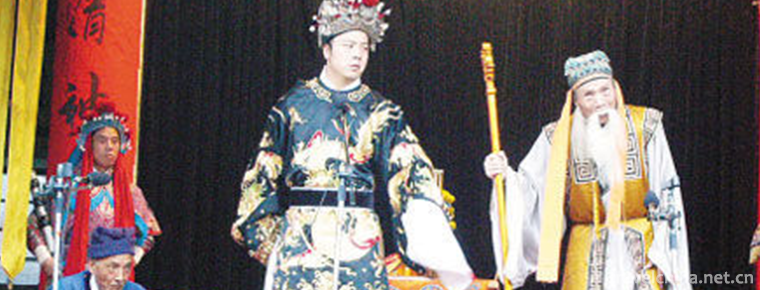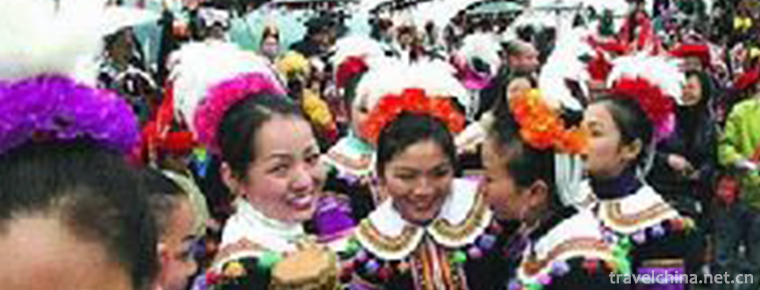History of Nanchong
In the Northern Song Dynasty (960-1127), there were three states in the territory, which governed 13 counties, such as Nanchong (prefecture), Xichong and Xiangru, which were subordinate to Chengdu Fulu.
In the Southern Song Dynasty (1127-1279), there was one Prefecture in the territory, which governed Nanchong, Xichong and Liuxi counties of Shunqing Prefecture, and 15 counties of Langzhong, Xinjing, Fengguo, Xinzheng, Xishui County and pengchi, Yilong, Yingshan, Fuyu, Liangshan and Xiangru counties.
In the Yuan Dynasty, Shunqing road was established, which governed Nanchong County, Xichong County, hanchu County, Liuxi county and hanchu county. It is under the jurisdiction of Sichuan Province.
In the Ming Dynasty (1368-1644), it was under the administration of Sichuan provincial government. There were two prefectures in the territory, including Nanchong and Xichong counties of Shunqing Prefecture, Pengzhou, Yingshan and Yilong counties, Langzhong (prefecture) and Nanbu of Baoning Prefecture.
In the Qing Dynasty (1644-1911), it was under the jurisdiction of Sichuan Province. It had jurisdiction over Langzhong (Daofu), Nanbu County, Nanchong (prefecture), Xichong, Yingshan, Yilong and Pengzhou (county-level prefecture) of Shunqing Prefecture.
In the early years of the Republic of China (1912), it was under the jurisdiction of Sichuan Province. Jialing Road was established in Sichuan Province, governing Nanchong (Daozhi), Langzhong, Nanbu, Xichong, Yingshan, Yilong, and Pengan (Pengzhou reform). In the 24th year of the Republic of China (1936), the 11th administrative supervision district was established in the territory, which governed Nanchong (District), Peng'an, Yingshan, Yilong, Xichong and Nanbu counties. Langzhong is under the 14th administrative supervision area.
After the founding of the people's Republic of China (1949), it was under the jurisdiction of the northern Sichuan administrative region. It was under the jurisdiction of Nanchong City (under the jurisdiction of the district), Nanchong, Xichong, Nanbu, Yilong, Yingshan, Pengan and other cities and 6 counties within the territory; it belongs to Nanchong special area (governing today's Jiulong Town of Yuechi County).
In 1950, Nanchong special area was set up, belonging to the northern Sichuan administrative region. Nanchong special office in Yuechi County, jurisdiction Yuechi, Nanchong (Longmen Chang), Peng'an, Yingshan, wusheng, Xichong, Nanbu and Yilong.
In 1952, Nanchong was under the leadership of Sichuan Province. Nanchong City, originally under the jurisdiction of the northern Sichuan administrative office, is under the leadership of Nanchong special office. It has jurisdiction over 1 city and 8 counties.
In 1953, Nanchong City was changed into a provincial city, and Nanchong special office was entrusted to manage it. Cangxi and Langzhong counties of the former Guangyuan special area and Guang'an County of the former Dazhu special area are included in Nanchong special area. It has jurisdiction over 1 city and 11 counties.
In 1956, Nanchong county was moved to Nanchong City by Longmen Chang, Pengan county from Jinping Town to Zhoukou Town, and wusheng County to Yankou town.
In 1965, Nanchong County moved from Nanchong City to Hedong commune of Nanchong City.
In 1970, Nanchong special area was renamed Nanchong District, which was located in Nanchong City. It has jurisdiction over Nanchong City and Nanchong county (located in Hedong commune), Cangxi, Langzhong, Yilong, Nanbu, Xichong, Yingshan, Peng'an (in Zhoukou town), Guang'an, Yuechi, wusheng (in Yankou town).
In 1972, Nanchong county was stationed in Chengguan (Qingxi commune and Hedong commune were merged into Chengguan commune).
In 1979, Huaying industrial and agricultural district (equivalent to county level) was established by Guang'an and Yuechi counties, and Shuanghe commune was established by the government of the district. Nanchong Prefecture governs 1 city, 11 counties and 1 Industrial and agricultural district.
On September 9, 1985, Cangxi County was under the jurisdiction of Guangyuan City from Nanchong.
On July 2, 1993, Nanchong District, Nanchong City and Nanchong county were abolished. Guang'an Prefecture was established to administer Guang'an County, Yuechi County, wusheng County and Huaying City in the former Nanchong area. At the same time, Nanchong, a prefecture level city in Sichuan Province, was established, and the Municipal People's government was stationed in Shunqing district. Nanchong has jurisdiction over Shunqing District, Gaoping District and Jialing District, Nanbu County, Yingshan County, Peng'an County, Yilong county and Xichong County. Langzhong City is directly under the jurisdiction of Sichuan Province and managed by Nanchong City.
In 2020, the request of Nanchong Municipal People's Government on the establishment of Linjiang new area has been approved, and the provincial government has agreed to establish Nanchong Linjiang new area. According to the approved content, the planning area of the new area is 398 square kilometers, and the space scope includes the administrative areas of 16 towns (streets) under the jurisdiction of Shunqing District, Gaoping District and Xichong County, namely, Fuxi street, Fandi street, Jintai Town, Yuxi Town, Longmen street, Qinglian Street and Duofu town of Xichong County in Gaoping District; Jingxi street, Xinfu Township, Gongxing Town, Luxi town of Shunqing district and some administrative areas of Xiaolong street, Jiangling Town, Zouma Town, Luoxi street and Laojun street in Gaoping District are included.
According to Taiping Huanyu Ji, Volume 86, Nanchong County of Guozhou said: "take the name of Guchong." The second part of Sichuan volume of "explanation of prefectures and counties": "the name of Han Dynasty was filled with country and county, which means enrichment. At that time, people were prosperous, so it was said. In the Eastern Han Dynasty, Nanchong was located in the south of the state. " After going to the word "state", Nanchong county was named. Today Nanchong City is named after this.
Nanchong was developed earlier, and its ancestors lived in the Neolithic age.
Xia Dynasty was the country of "Youguo family", which belonged to Liangzhou in Shang and Zhou dynasties.
In the spring and Autumn period, the state of Chong (588-318 BC) was formed. It was one of the four powerful regimes in Sichuan Basin at that time (BA, Shu, Chong, Ju). Nanchong was named Nanchong because it was located in the south of Chongguo.
In the late Warring States period, the state of BA was defeated by the state of Chu in succession, so the target of the struggle was set on the state of Shu in the West. Chong state and Shu state formed an alliance to jointly resist the invasion of Ba state. In 318 BC, Ba destroyed Chong state, occupied its territory, and moved its capital to Langzhong. In the 9th year of gengyuan (316 BC), the state of Qin destroyed the state of Ba and established Langzhong County in the 11th year. In the Qin Dynasty, prefectures and counties were still established.
At the beginning of the Western Han Dynasty (206-23 BC), Langzhong county was set up in Anhan (now Nanchong) and Chongguo county. In Xinmang, Anhan County became Anxin county.
In the first year of Xingping in the Eastern Han Dynasty (194), mu liuzhang in Yizhou took Dianjiang as the Ba County. In Nanchong, it established Bajun, which governed Anhan (prefecture), Langzhong, Xichong (changed its name) and Nanchong county (located in Xichong). In the sixth year of Jian'an (201), Ba County was changed into Brazil County, and the county was transferred to Langzhong without any change.
In the Three Kingdoms of Shu Han, Western Jin and Cheng Han, the counties remained the same. In the Eastern Jin Dynasty, Langzhong was a county in northern Brazil, which governed Xichong (prefecture), Nanchong, Anhan, and Yangyang county (now Yilong).
During the Song Dynasty (420-479 A.D.) of the Southern Dynasty (420-479 A.D.), Bashi county was gathered by Liao people, and the counties were moved to Mianyang City by overseas Chinese. They governed Langzhong (prefecture), Anhan, Xiguo (Xichong state reform), Nanguo (Nanchong state reform) and Yangyang county. In the Southern Dynasties, the establishment of prefectures and counties remained unchanged.
In the Tang Dynasty, it was located in the South West Road of the mountains, with 3 states in the territory, and 19 counties, including Langzhou (Langzhong county), Langzhong (langnei county), and Sigong (now Langzhong territory), etc.
During the Five Dynasties (907-960), the establishment of prefectures and counties remained unchanged. Later Tang Dynasty (923-937) set up Baoning army in Langzhou and Yongning army in Guozhou.

History of Nanchong
-
Tianmu Lake
Tianmu Lake is located eight kilometers south of Liyang City, Changzhou. It is named Tianmu Lake because it belongs to the remnants of Tianmu Mountain
Views: 166 Time 2018-12-06 -
Shenzhen Overseas Chinese Town Tourist Resort
Shenzhen Overseas Chinese Town, located in the Rhododendron Hill of Shenzhen Overseas Chinese Town, is the latest generation of large theme parks built by the Overseas Chinese Town after the splendid
Views: 150 Time 2018-12-12 -
Wuying National Forest Park
Wuying National Forest Park is located in Wuying District, Yichun City, Heilongjiang Province, about 19 kilometers away from the urban area. It is a concentrated protected area of Korean pine in China
Views: 306 Time 2018-12-22 -
Beihai Seabed World
Beihai Seabed World is a national AAAA-level tourist attraction and national marine science education base. It is a large-scale comprehensive ocean hall which mainly displays marine organisms and inte
Views: 209 Time 2018-12-26 -
Wind and Fire Meteor
Fenghuo Meteor is a traditional folk performing art which combines acrobatics and martial arts. It is one of the first intangible cultural heritages in Shanxi Province.
Views: 418 Time 2019-04-29 -
Anhui Opera
Hui Opera, one of the local operas in Anhui Province of China, originally known as "Hui Diao" and "Erhuang Diao", originated in the Ming Dynasty and was named Hui Opera after 1949.
Views: 231 Time 2019-05-04 -
Drum dance
Hani rhythm and drum dance is a kind of sacrificial dance of Hani people on the traditional festival "Onmatu". The dance is vigorous and bold, vigorous, simple and free, showing the same per
Views: 72 Time 2019-05-23 -
Eighteen General Martial Arts
A traditional term of Chinese Wushu, also known as "Eighteen Weapons" and "Eighteen Weapons", is commonly used in ancient Chinese operas and novels, referring to the use of various
Views: 187 Time 2019-06-15 -
Lotus in Wenzhou
Wenzhou lotus is a local opera evolved from Wenzhou Taoism, and it is also one of the main operas in Zhejiang Province. It has spread to Wenzhou (including the counties under its jurisdiction) and par
Views: 124 Time 2019-06-28 -
Yao Peoples Playing Hall
The Playing Hall is a folk grand gathering of memorizing ancestors, recalling history, celebrating harvest, rewarding vows, disseminating knowledge and mass entertainment activities in Liannan Paiyao.
Views: 309 Time 2019-07-11 -
Bowang mountain
Bo (B ó) Wang mountain, also known as Bowang mountain. Bowang mountain is one of the most important breeding and living places of the ancient Bo nationality. It was known as lunzhudadun and shitoudazhai in ancient times
Views: 170 Time 2020-10-16 -
Animal resources in Leshan
The composition of the wild fauna in Leshan City is located in the transitional zone between the Palaearctic realm and the Oriental realm. It is mainly composed of the southwest region and central China region of the Sino Indian subregion in the Oriental realm.
Views: 351 Time 2020-12-17

